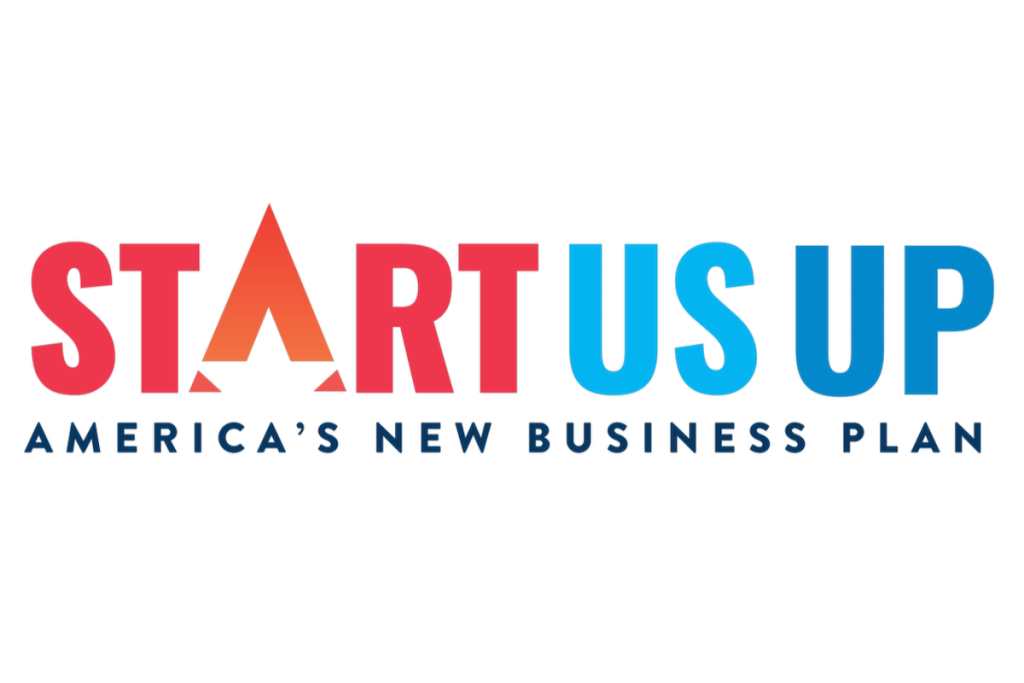Last month, the U.S. economy was expected to add more than one million jobs — a sign of accelerated economic recovery as vaccine distribution scaled dramatically. Instead, the Bureau of Labor Statistics reported just 266,000 new jobs.
Treasury Secretary Janet Yellen warned that re-starting the economy would be a “bumpy process,” but cautioned: “one should never take one month’s data as an underlying trend.”
Yet as America braces for May’s report in the coming weeks, policymakers nationwide can be doing more to accelerate the recovery, particularly if employment growth continues to stagnate. Expanding funding opportunities for new entrepreneurial ventures, rather than just existing small businesses, could provide the much-needed boost.
As written in America’s New Business Plan:
Policymakers often think of small businesses as the employment engine of economic growth. But when it comes to job creation, it is not the size of the business that matters as much as the age of the business. Businesses that are less than 5 years old create most net new jobs in the American economy, including fueling net new job creation during economic downturns.
Through much of the pandemic, policy focused on rescuing existing businesses — big and small. As the country enters this next phase of re-opening, it is critical similar attention is paid to the prospective entrepreneurs who can drive the recovery.
Capital remains the most pressing challenge and need for entrepreneurs — particularly on the heels of a recession. Historically, bank loans and venture capital are inaccessible to many, particularly entrepreneurs of color. In the absence of private funding, states can take steps to catalyze growth by establishing innovative and competitive funding streams, which will not only accelerate new business creation, but spur much-needed local job growth.
America’s New Business Plan outlines three models:
- “Evergreen” community investment funds that support new businesses as they move through the early stages of proof-of-concept and product development. (MassVentures in Massachusetts and JumpStart Evergreen Fund in northeast Ohio)
- Collaborative investment funds that engage established businesses to work with emerging businesses for joint product development and supplier relationships. (Cintrifuse in Cincinnati and Renaissance Venture Capital in Michigan)
- Investment funds that spur the growth of new financial intermediaries – entrepreneurs creating capital to invest in other entrepreneurs – particularly those with innovative models such as revenue-based investing and profit-sharing. (Lighter Capital and the New Hampshire Community Loan Fund).
The value of funds like these is threefold: it spurs economic activity in the region and creates local jobs, while also often bringing financial returns to the state or local government.
One example cited, JumpStart — a venture development organization created in 2003 with support from Ohio’s Third Frontier program — reinvests its returns and has provided more than $61 million in funding to 125 businesses, with 44% going to women- and people of color-led firms.
Last March, Ohio Third Frontier announced $72.7 in funding to be shared by early-stage funds in Northeast Ohio, JumpStart among them.
As reported in the Cleveland Business Journal: each of the funds expects the startups it supports will create hundreds of jobs.
To ensure April’s disheartening jobs report doesn’t become part of a larger trend, other states should be following suit.

